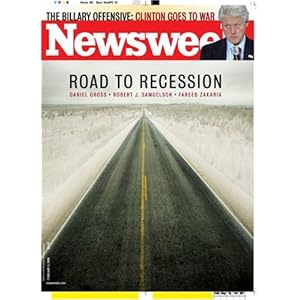
SIFT is a series of actions you can take to determine the validity and reliability of claims and sources on the web.
The SIFT method, or strategy, is quick and simple and can be applied to various kinds of online content: news articles, scholarly articles, social media posts, videos, images, etc.
Each letter in SIFT corresponds to one of the Four Moves:

Stop
Investigate the source
Find better coverage
Trace claims, quotes and media to the original context
Find more details on the Four Moves from Mike Caulfield's SIFT (Four Moves), which is licensed under a Creative Commons Attribution 4.0 International License.
STOP. Ask yourself whether you know the website or source of information and the reputation of both the claim and the website. If you feel yourself getting overwhelmed in your fact-checking efforts, STOP and take a second to remember your purpose.
Search news databases for relevant stories. Use known fact-checking sites. Use reverse image searching to find relevant sources on an image.
Much of what we find on the internet has been stripped of context. In these cases, we’ll have you trace the claim, quote, or media back to the source, so you can see it in its original context and get a sense if the version you saw was accurately presented.
This useful video tutorial walks one through the process of lateral reading, showcasing not only what the process is, but how to do it with a real example.
Popular Magazines
 The primary purpose of these periodicals is to produce a profit for the publisher. Examples include Time, Newsweek, and People.
The primary purpose of these periodicals is to produce a profit for the publisher. Examples include Time, Newsweek, and People.
Available for public purchase at stores and newsstands
General Interest Magazines
The primary purpose of these periodicals is to provide information in a general manner to a broad audience. Examples include 
Sports Illustrated, Fast Company, and Rolling Stone.
 The primary purpose of trade journals is to provide news and information to people in a particular industry or profession. Examples include Women's Wear Daily, Hotel and Motel Management, Lodging, and Travel Weekly.
The primary purpose of trade journals is to provide news and information to people in a particular industry or profession. Examples include Women's Wear Daily, Hotel and Motel Management, Lodging, and Travel Weekly.
Scholarly Journals
 The primary purpose of scholarly journals is to inform and to report on original research or experimentation. Examples include New England Journal of Medicine, Journal of Safety Research, Journal of Studies on Alcohol, Annals of Tourism Research.
The primary purpose of scholarly journals is to inform and to report on original research or experimentation. Examples include New England Journal of Medicine, Journal of Safety Research, Journal of Studies on Alcohol, Annals of Tourism Research.